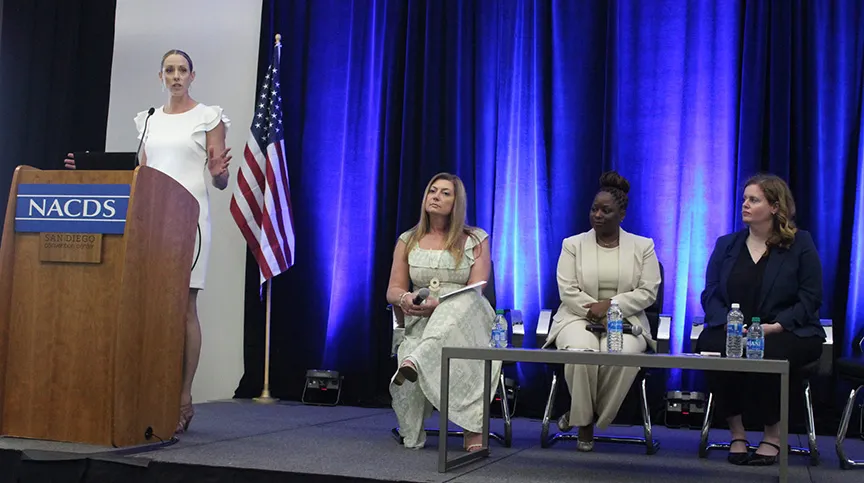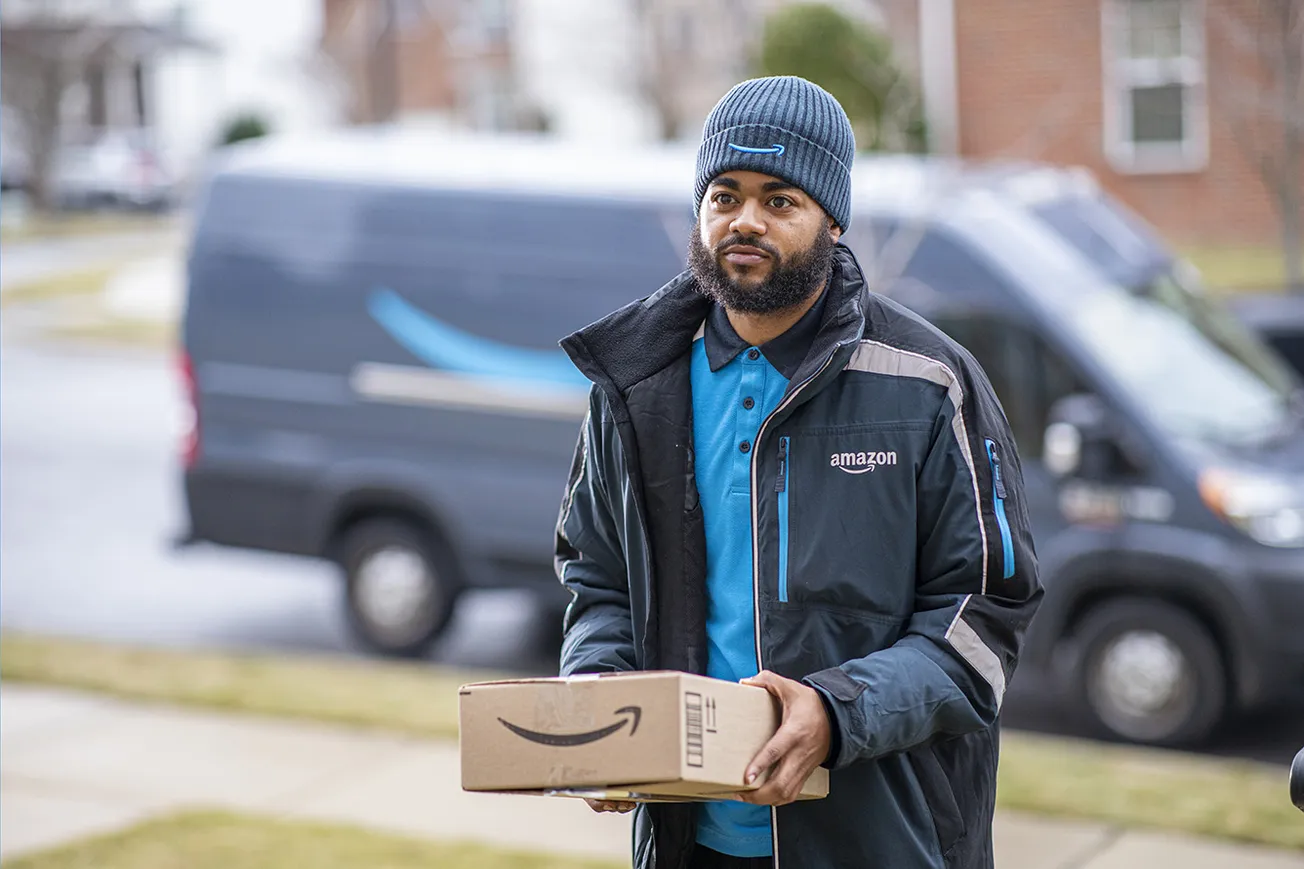SAN DIEGO — Despite the fact that women comprise 80% to 90% of customers in the retail marketplace, many of their health and wellness needs are unmet. That was a key point made during a panel discussion presented by WE at the National Association of Chain Drug Stores’ Total Store Expo.
Now in its sixth year, WE was created to expand women’s voices in the industry. The Emerson Group’s Sue Smith, partner and co-team lead, moderated the discussion called “Closing the Gap in Health and Wellness for Women,” which was headlined by Leigha Dunbar, senior divisional merchandise manager and senior director at Walgreens; Summer Williams Kerley, vice president of clinical and market access for Rite Aid; and Lauren Wittenberg, director of global e-commerce and omnichannel at i-Health Inc.
One of the startling facts is that only 4% of research and development is dedicated to women’s health, said Kerley. While noting there is much more information available today than when she started as a pharmacist 23 years ago, the lack of spending on research dents the credibility. “Not all the information at our fingertips is reliable. That’s what I am working on — making sure our pharmacists, as well as our customers, have the right information to make choices about their self-care,” Kerley said.
The dearth of quality information is complicated by the sea of products on shelves, added Dunbar. “It can be intimidating because you have all these different ingredients. One of the challenges is the lack of that educational piece and that silent salesperson which you need to help the customer through their purchase decision. That goes back to the information that’s being shared. We have to make sure it is consistent and efficacious and supports the needs of the consumer — there are a lot of unmet needs. We have to make sure the information we are giving them at shelf is true.”
Women’s life stages in particular need attention, according to Wittenberg. “A staggering number we talk about in our space is the topic of menstruation and PMS — PMS impacts 90% of women and it has one-fifth of the investment that erectile dysfunction has. ED only impacts 19% of men. I think we all can play a role — especially those of us attached to legacy pharma companies can help. What does the research path look like?”
Wittenberg added that overall awareness and accessibility in women’s health is “fairly” limited. She pointed to the lack of parental leave and childcare policies. “I think there are challenges along with some topics being taboo still. I think we are lucky to work in the industry where we can talk about vaginal or prostate health, which is still taboo in many parts of the country.”
The panel dug into how vendors can partner with organizations to lean into female empowerment to manage their health care needs. “From a supplier standpoint, it is important that we continue to talk about education. We have to make it digestible — it can’t be something that’s too over-the-top pharmaceutical or medical explanation. It’s about having conversations and making her feel comfortable as she’s buying a product knowing it is going to solve [her issue].”
Women have a longer life expectancy, said Kerley, but often worse health outcomes and notable inequities. “A female who has a heart attack is 20% more likely to develop congestive heart failure or die within five years of that first heart attack. Black females are 16% less likely to be tested for hereditary breast cancer than their white counterparts,” she said. “As an industry, we’re not working cross-functionally to ensure there is education needed on products and services.” That could include everything from test kits or screenings pharmacists can do help with preventative care. Rite Aid, she added, has a good working relationship with the marketing and merchandising teams to focus on what is needed in stores to help with care for its customers.
The discussion turned to look introspectively to how companies are internally supporting women and representation. “I’m proud of the work we’re doing,” Wittenberg said, noting her company’s commitment to hitting goals in female and ethnic diversity representation. The mission is communicated and measured. “Because at the end of the day, if you’re not measuring, it is going to be hard to see the progress.”










